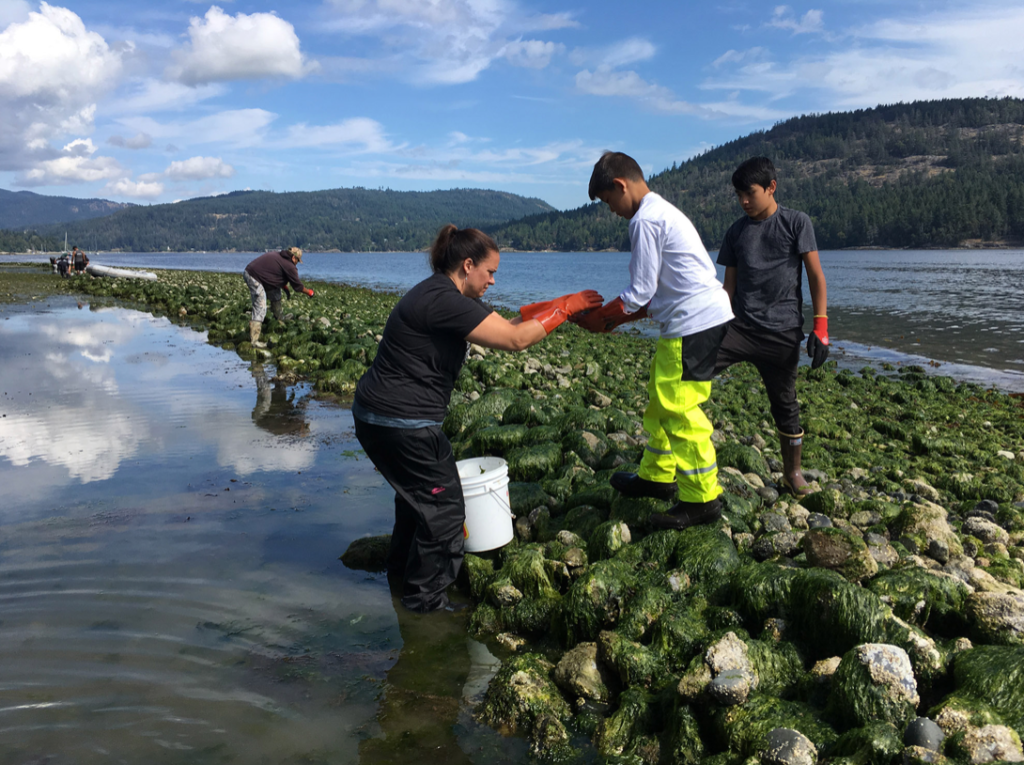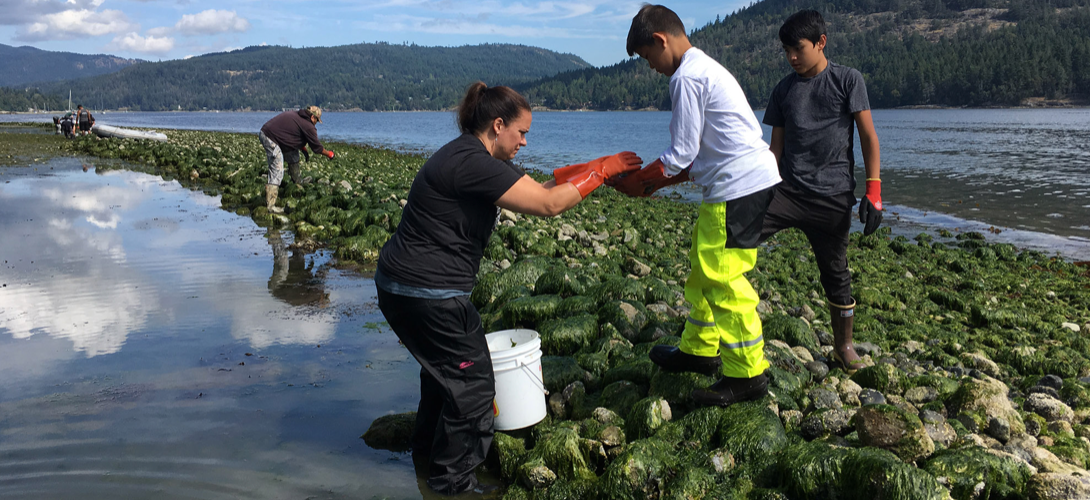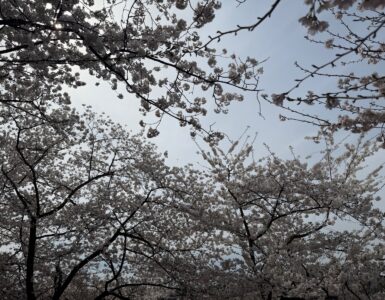For indigenous changemakers, Earth Day was also a time for action and reflection.
The National Museum of the American Indian hosted the Living Earth Festival, a two-day symposium addressing the effects of climate change on Indian country and the ways indigenous communities work towards preserving their way of life.

Chairwoman of the Colorado River Indian Tribes (CRIT) Amelia Flores, who is also Mohave, spoke to the financial loss experienced by legislation blocking the tribal government from leasing water and protecting the river. A fundamental agricultural and economic resource of the Mohave, Chemehuevi, Hopi, and Navajo tribes, the Colorado River is a sacred landmark with cultural significance to the people of the Arizona-based reservation.
“We, the Mohave people, are tied to this river,” Flores said. “It’s our namesake, and our identity is in this river.”
Signed into law earlier this year by President Biden, the Colorado River Indian Tribes Water Resiliency Act of 2021 reinstated this agricultural enterprise for the reservation. As the tribe awaits approval from the state of Arizona, they look forward to celebrating this monumental achievement at the preserve on May 13, which has been coined as Colorado River Indian Tribe Water Rights Day.
“Our creator, Mataviily, gave us the land and the water to live off, and we are the stewards of these resources,” Flores said. “Those stewardship responsibilities include making sure we keep water flowing in that channel for future generations.”
Pollutants, such as microplastics and increased water traffic in the ocean, pose additional threats to clam gardens along the Northwest coast–specifically in the Gulf Islands National Park Reserve. Nicole Norris, an aquaculture technician from the pacific northwestern Halalt First Nation, described an issue of food security, with environmental changes affecting the reliability of the community’s shellfish supply.

“The things that we’re doing in these spaces is disrespectful and we need to be acting a little more consciously,” Norris said. “We need to be a little more mindful because those beaches are living, those forests are living.”
The ancient practice of maintaining clam gardens has roots in some generations of tribes leading back to the First Nations. As colonization swept through sacred native territories of Canada, management of various sea gardens across the country ceased. The restoration of these cultivation sites of biodiversity offers various communities in pacific Northwestern Indian country hope to regain their connection to aquaculture once more.
“For First Nations people, it is that cellular memory that gives us that lens [of] stewardship and care,” Norris said. “We have an ingrained sense of need to care for these spaces.”










Recent Comments